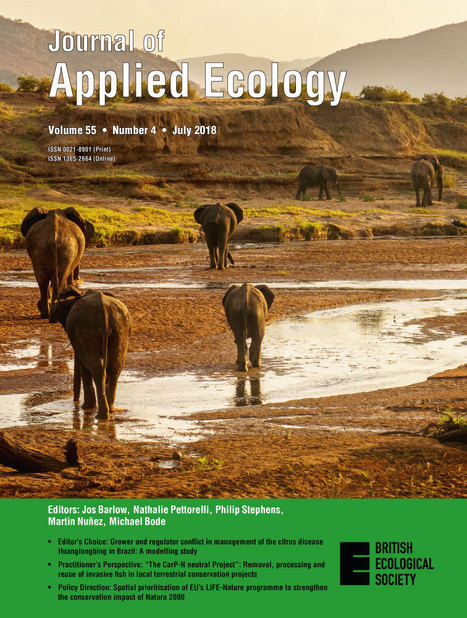Abstract
1.Habitat fragmentation and isolation as a result of human activities have been recognized as great threats to population viability. Evaluating landscape connectivity in order to identify and protect linkages has therefore become a key challenge in applied ecology and conservation.



 Your new post is loading...
Your new post is loading...








"Auteurs : David Pinaud , Fabien Claireau , Maxime Leuchtmann
@DavidPinaud in@JAppliedEcology "Modelling landscape connectivity for greater horseshoe bat using an empirical quantification of resistance" cc@CNRS#CEBC@Le_Museum#CESCO@TeamCoMaC@wissen_lockt#bats#conservation